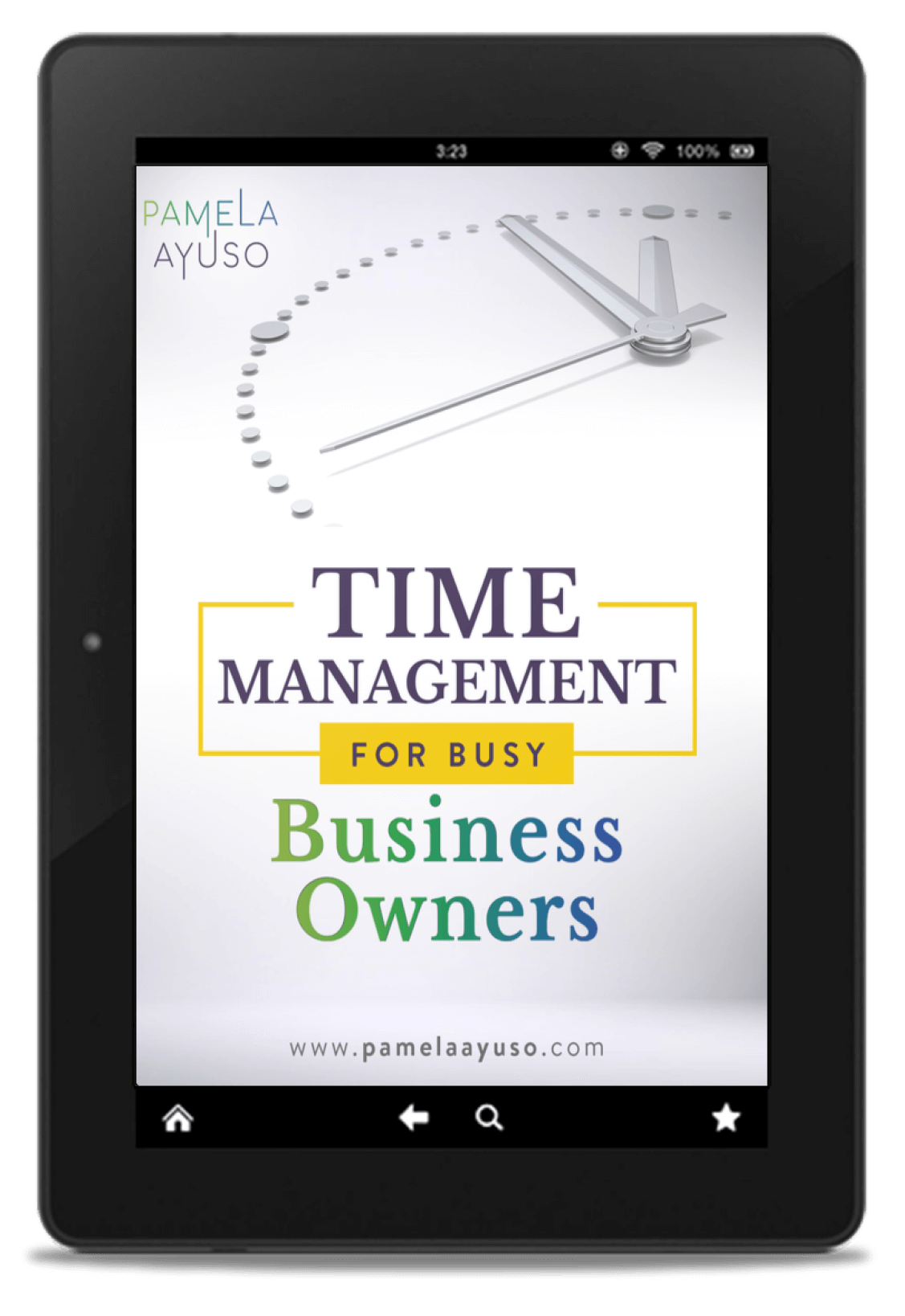Defining the right structure for your company is one of the most important areas in which you can invest your time as an entrepreneur. It is a significant undertaking, especially if the company is already operating under an existing configuration. Nevertheless, your organizational structure will determine how everyone operates within your company. How well it fits the company’s tasks and internal dynamics as well as the external context that it inhabits can make a significant difference in the company’s performance of up 24% [i].
As entrepreneurs, we usually start selling a product or a service. When we begin to have more demand for that product or service, we then decide to build a team and a company. Usually, we start with a simple configuration. Very soon, if we are lucky, we have more work than we can manage so we need to hire more people.
![[Photo: Andy Yeo/Unsplash]](/wp-content/uploads/2021/01/andy-yeo-CLvL8HlwL4k-unsplash.jpg)
[Photo: Andy Yeo/Unsplash]
Types of Organizational Structures
At first, a simple structure may work. In this type of organizational configuration, the company’s leader distributes all the tasks as they are needed. There are no permanent assignments or work descriptions. The work is, therefore, very fluid and constrained by the amount of work that the leader can process. It is a demanding job for the entrepreneur because he or she must supervise all the tasks and responsibilities. The leader is and must be at the center of everything.
Then, as the company starts to have more success, the need arises to create a more complex company, with an organizational configuration that will be able to handle this increased demand. If the company is selling one main product, usually the next step is to create a functional organization because it needs to have the support of professionals in different areas. Each of the company’s main functions, such as marketing, manufacturing, sales, and Human Resources, are divided into departments.
A manager leads these divisions and coordinates the subgroups’ assigned responsibilities. The work flows from one unit to the next, and each department must coordinate with the others to do so. Many companies remain in this structure for the span of their existence, and, according to Eric Schmidt and Jonathan Rosenberg, authors of Google: How Google Works, it is preferable to be a functional organization for as long as an organization can remain one. Having functional departments such as engineering, products, and finance that report directly to the CEO results in a freer flow of information and people. The next type of organization, a divisional configuration, can give rise to silos [ii].
![[Photo: Andy Yeo/Unsplash]](/wp-content/uploads/2021/01/andy-yeo-JYlLNeCeoX8-unsplash.jpg)
[Photo: Andy Yeo/Unsplash]
Nevertheless, the time may come where the company’s functional organization no longer works. The company may have decided to diversify into different regions or types of products and needs to be more responsive to the needs of their market or customers. Then, the company may decide to create a divisional organization.
Divisional configurations are autonomous and are organized to better respond to a customer or market. They are, therefore, more adaptable in a changing environment than a functional organization. The disadvantage of this structure is that internal collaboration suffers because each subdivision is independent of the other. Under this type of company, there is more horizontal variation (many units) and less vertical depth, as the division managers report directly to the company’s executive. Each of the units may have their type of configuration, such as simple or functional.
The final type of structure is a matrix configuration. Matrices score high on both the functional dimension and the product/market orientation. The firm is organized as a divisional company on one axis and a functional company on the other. The company’s chief executive oversees both the divisional and the functional dimensions while resolving conflicts between units. Although not responsible for detailed operational work, the executive supervises the whole company. A matrix organization can be very flexible because it can easily adapt to new situations. It is both efficient because it is functional and effective because it is divisional [iii, iv].
![[Photo: Joe Green/Unsplash]](/wp-content/uploads/2021/01/joe-green-9yoPzIns9G4-unsplash.jpg)
[Photo: Joe Green/Unsplash]
Invest in Your Company’s Configuration
At my company, we went from being a simple company to a functional organization. In retrospect, I now see the importance of having a clear organizational structure that responds to both the company’s and its external environment’s needs. Even with the same quality of processes and systems, ever since we finished implementing our functional organization, the flow of our work has improved significantly. Each of the departments is clear about what its responsibilities are and how tasks connect between one area and the next.
From experience, I can tell you it is not easy to move a company from one organizational structure to the next. Many of the problems you may be encountering could be due to a configuration that does not fit your company´s strategy. If you take the time to study your company and the choices you have for how to best configure it, you will find you will not regret it.
[i] Doty, D., Glick, H. W. H., & Huber, G. P. (1993). Fit, Equifinality and Organizational Effectiveness: A Test of Two Configurational Theories. Academy of Management Journal, 38 (6). p. 1196–250.
[ii] Schmidt, E., Eagle, A., & Rosenberg, J. (2014). Google: How Google works, 1st Edition. New York: Grand Central Publishing.
[iii] Burton, R. M., Obel, B., & Døjbak D. (2016). Organizational Design: A step-by-step approach. Cambridge, United Kingdom: University Press.
[iv] Galbraith, J. R. (2014). Designing Organizations: Strategy, Structure, and Process at the Business Unit and Enterprise Levels, 3rd Edition. Jossey-Bass.



